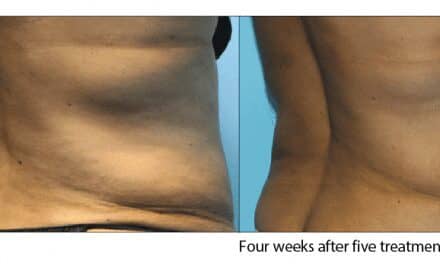The face of male beauty is changing in South Korea. While masculinity has long been a prized trait in the nation’s traditional and highly patriarchal society, thanks to the latest generation of K-pop stars and celebrities, the husky, angular leading men of South Korean dramas from the 1990s and 2000s have been replaced by a new male ideal: the “pretty boy”.
Boy bands such as Super Junior, Shinee, Beast and the fashion-forward, albeit unconventionally handsome, eyeliner-wearing members of Big Bang; and the delicate good looks of actors including Song Joong-ki, Hyun Bin and Kim Soo-hyun can be credited for helping popularise this new embodiment of male beauty.
The “pretty boys” of Korean entertainment have captivated legions of K-pop and K-drama fans around the world, even inspiring inverse versions like China’s androgynous, boy-band-inspired girl group Acrush.
In South Korea, this aesthetic is strongly reflected in recent male plastic surgery trends. While the rise of the pretty boy has been evident for a while, Korean pop culture fans often credit actor Bae Yong-joon’s graceful good looks and sensitive leading man roles for sparking the first generation of this new ideal.
However, it wasn’t until the gamine likes of Lee Min-ho, Kim Hyun-joong, Kim Bum and the other pretty boys of F4 (a clique formed by the hottest, richest boys at a fictional high school) in the Korean live-action version of the Japanese manga Boys Over Flowers hit the screens in 2009, that the “kkonminam” or “beautiful flower boy” trend really took off.


